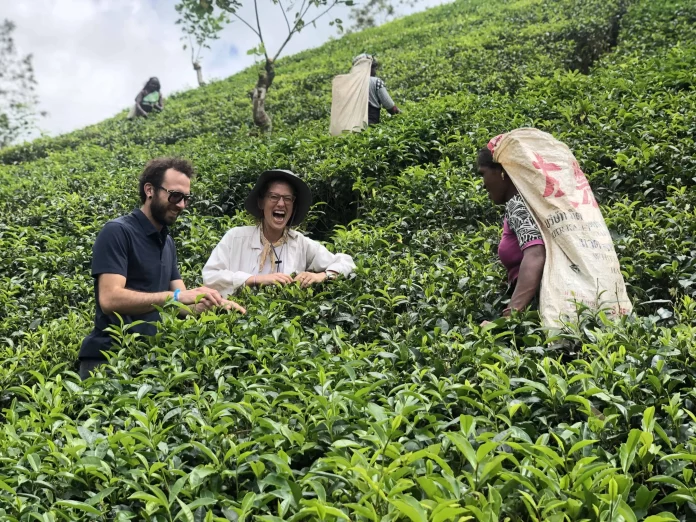If you enjoy drinking tea, definitely chances are you’ve had a cup of Ceylon tea without even realizing it. This wonderful beverage, sometimes known simply as Sri Lankan tea is well-known around the world because of its robust flavor and distinctive scent.
We’ll go deeply into the world of Ceylonese tea in this article, learning about its origins, varieties, production, distinctive qualities, health advantages, brewing methods, cultural importance, and much more. So take your favorite teapot and let’s go off on a voyage of tea tasting through Sri Lanka’s verdant highlands.
Ceylon Tea Introduction
Ceylon tea holds a special place in the world of beverages. It all began in the lush landscapes of Sri Lanka, formerly known as Ceylon. The country’s tea heritage dates back to the 19th century when British colonizers introduced tea cultivation. Today, Sri Lanka is renowned for its exceptional tea production, contributing significantly to the global tea market.
History
The tea story of Sri Lanka begins in the lush hill country around Nuwara Eliya, where British colonialists first planted tea in the 19th century. The story of how these tea plantations took root and blossomed is a captivating story of ambition and agricultural innovation.
From humble beginnings, Ceylonese tea grew to become one of the world’s most sought-after teas. We’ll delve into the economic and cultural impact of this transformation.
Beginnings in Sri Lanka
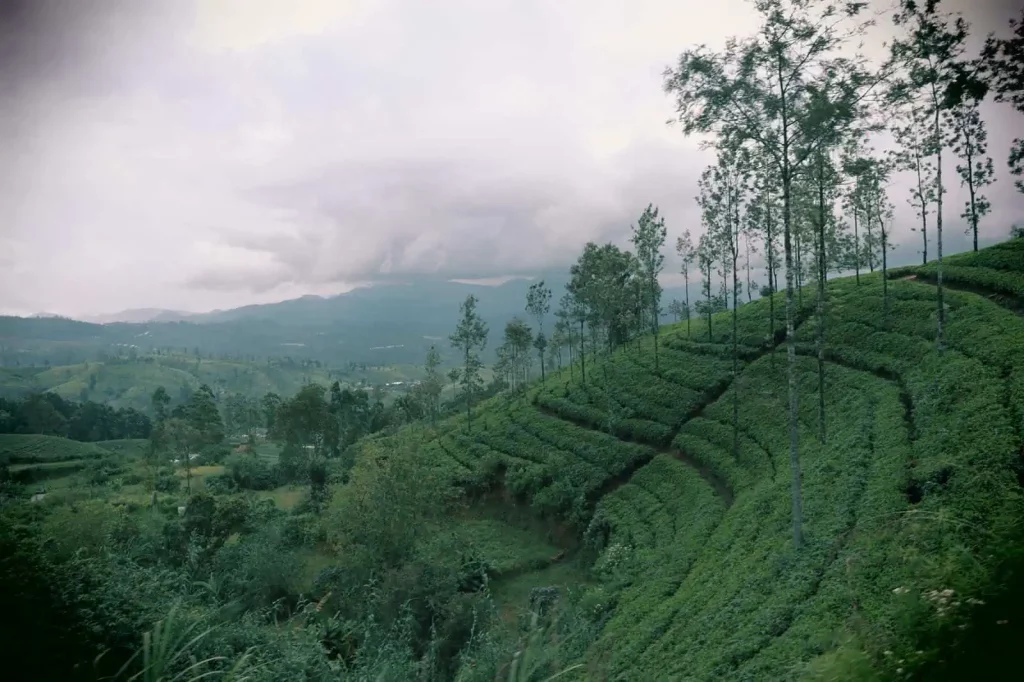
The origins of tea in Sri Lanka began with the introduction of tea cultivation to Sri Lanka, then known as Ceylon by the British tea planter James Taylor in 1867 in Loolecondera estate in Kandy.
The Transformation
The tea industry in Ceylon evolved rapidly, and by the early 20th century, it had become a major player in the global tea market.
Modern-Day Success
Today, Sri Lanka is among the top tea-producing countries globally, renowned for its high-quality teas.
Types of Tea
Ceylon tea comes in various types, each offering a unique taste and experience. Let’s explore them.
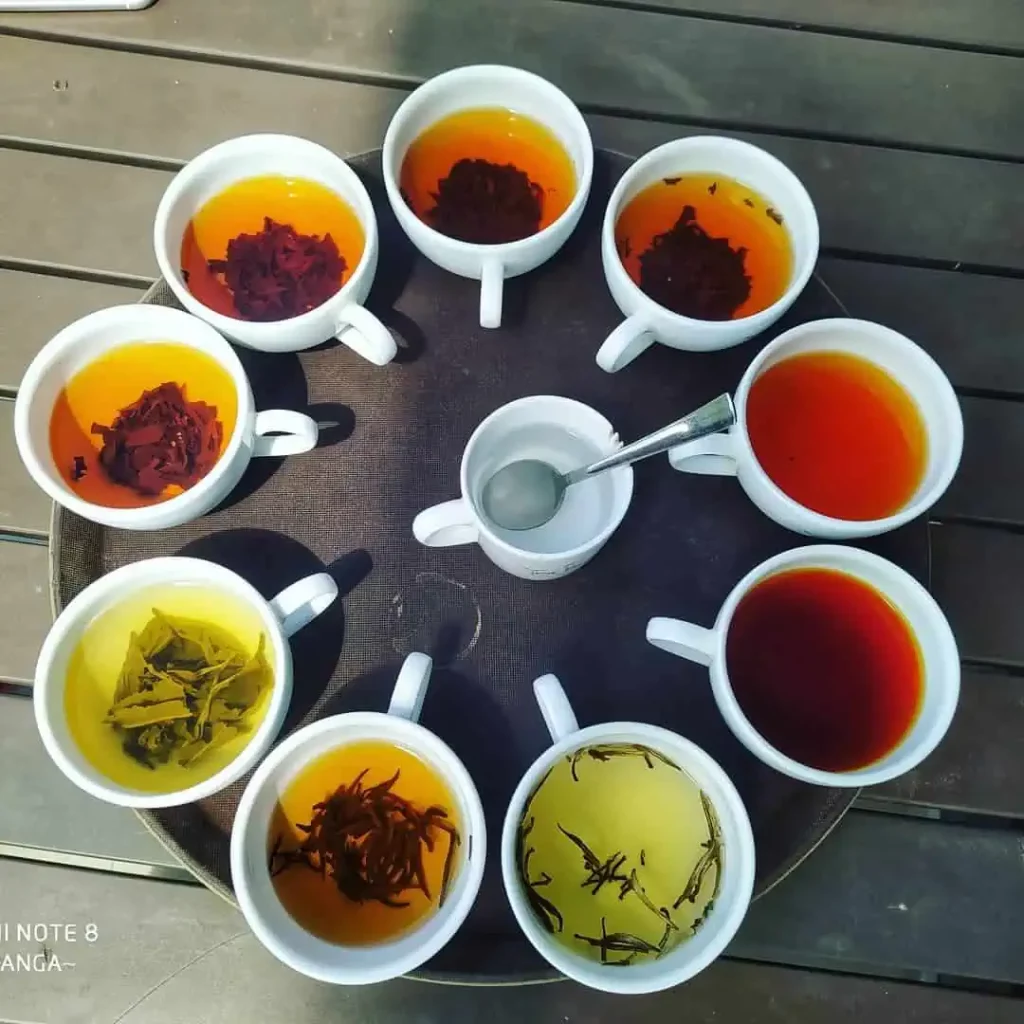
Black Tea
The most common type, Ceylon black tea, boasts a bold, robust flavor, making it perfect for a morning pick-me-up.
Green Tea
For those seeking a lighter, more delicate flavor profile, Ceylon green tea is an excellent choice.
White Tea
White tea from Sri Lanka is known for its subtle taste and exceptional health benefits.
Herbal Tea
Sri Lanka also produces a variety of herbal teas, including delightful blends of spices and herbs.
Tea Production
What goes into producing this exceptional tea? Let’s explore the intricacies.
1. Plucking and Harvesting
Tea leaves are carefully plucked, often by hand, to ensure only the topmost leaves and buds are harvested.
2. Withering
The leaves are spread out to wither, reducing their moisture content and initiating the oxidation process.
3. Rolling
Rolling breaks the cell walls of the leaves, releasing essential oils and enzymes that impact flavor.
4. Fermentation (for Black Tea)
In the case of black tea, fermentation follows, promoting the development of its characteristic flavors.
5. Drying and Sorting
The final steps involve drying and sorting the tea leaves to create distinct tea grades.
Sri Lankan Tea Regions
Tea is grown in several regions of Sri Lanka, each imparting unique characteristics to the tea.
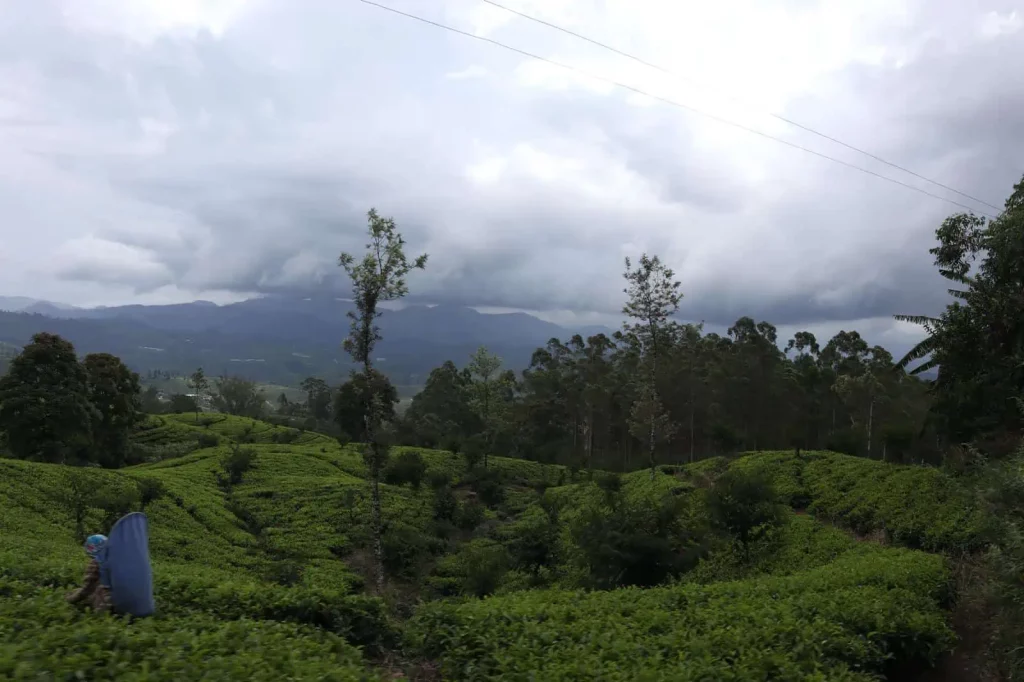
Nuwara Eliya
Known for its delicate teas with floral notes, Nuwara Eliya is a high-altitude region.
Suggested Read – Things To Do In Nuwara Eliya
Kandy
Kandy teas are more robust, often with full-bodied flavors and bright liquors.
Dimbula
Dimbula teas are celebrated for their mellow and medium-bodied profiles.
Uva
Uva region produces teas with brisk, lively characteristics, favored by many.
Unique Characteristics
Ceylon tea is celebrated for its distinctive qualities. Let’s delve deeper.
Flavor Profiles
The flavor profiles of Sri Lankan teas can vary widely, from brisk and citrusy to malty and robust.
Aroma
The aroma of tea from Ceylon is a sensory delight, often described as brisk, floral, or fruity.
Color
Sri Lankan tea exhibits a spectrum of colors, from golden amber to deep ruby, enticing the eye as much as the palate.
Differences Between Ceylon Tea and Chai Tea
Ceylonese tea and chai are two distinct types of tea, each with its own unique characteristics and cultural significance. Here are the key differences between them:
- Origin:
Ceylon tea is primarily grown and produced in Sri Lanka, a tropical island nation in South Asia. It has a history deeply rooted in the country’s colonial past and lush tea plantations.
Chai, on the other hand, originates from India, where it is an integral part of the culture. Chai refers specifically to a spiced tea brewed with a mixture of tea leaves, milk, sugar, and various spices like cardamom, cinnamon, and ginger.
- Ingredients:
Sri Lanka tea is typically made from pure tea leaves, without the addition of milk or spices during the brewing process. It can be enjoyed plain or with the option to add milk and sugar according to personal preference.
Chai is a concoction of tea leaves, milk, sugar, and a blend of spices. The spices give chai its characteristic flavor and aroma, making it a spiced and often creamy beverage.
- Flavor Profile:
Sri Lankan tea offers a wide range of flavor profiles depending on factors like the region it comes from and the processing method. It can be mild and slightly citrusy or robust and malty, but it typically has a clean and crisp taste.
Chai is known for its bold and complex flavors, primarily due to the spices used in its preparation. It has a warm and aromatic profile, with hints of spices like cardamom, cinnamon, cloves, and pepper. Chai can be sweet and spicy or more subdued, depending on the recipe.
- Brewing Method:
Brewing Ceylonese tea is straightforward. It involves steeping tea leaves in hot water at the recommended temperature for a specific time. It can be served plain or with additions like milk, sugar, or lemon.
Brewing chai is a more involved process. It requires simmering tea leaves, spices, and milk together, often with sugar, to create a rich and flavorful infusion. Chai is traditionally prepared on the stovetop and requires careful attention to avoid boiling over.
- Cultural Significance:
Sri Lanka tea is an integral part of Sri Lankan culture and has historical ties to British colonialism. It’s celebrated for its quality and is often enjoyed in a more formal setting.
Chai is deeply ingrained in Indian culture and is served in various forms throughout the day. It’s a symbol of hospitality and is commonly shared among friends and family.
- Serving Styles:
Sri Lankan tea is typically served in a teapot or teacup, often with the option for individual customization with milk, sugar, or other additives.
Chai is often served in small cups or glasses. It can be found at street stalls and tea vendors across India and other South Asian countries.
Health Benefits
Beyond its delightful taste, tea offers a host of health benefits.
Antioxidants
Tea is rich in antioxidants, which can help combat free radicals in the body.
Heart Health
Regular consumption of tea has been linked to improved heart health.
Digestive Health
It can also aid digestion and soothe gastrointestinal discomfort.
Weight Management
The metabolism-boosting properties of tea can aid in weight management when part of a balanced diet.
Mental Alertness
The caffeine content in Ceylonese tea provides a natural energy boost, enhancing focus and alertness.
Brewing Tea
Brewing the perfect cup of tea is an art. Let’s master it together. You’ll need the right equipment, including a teapot or infuser, to brew tea. Discover tips and tricks to ensure a flavorful and aromatic cup of tea every time.
Tea Culture in Sri Lanka
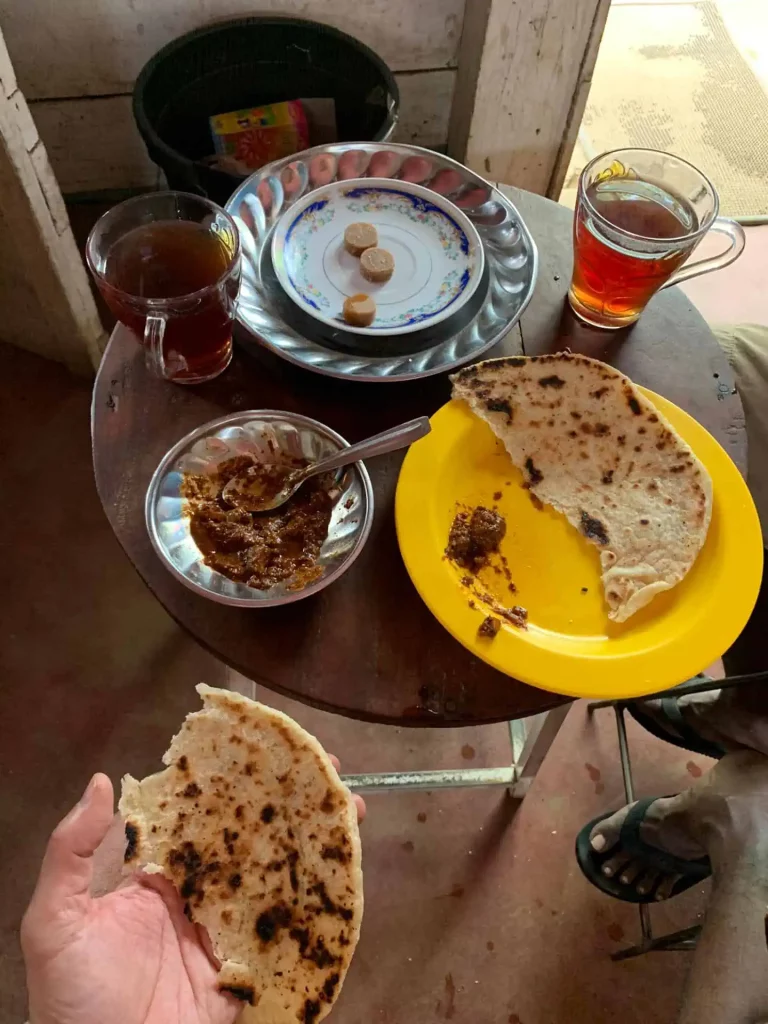
Tea is not just a drink; It is deeply rooted in Sri Lankan culture. It is so much that every house in Sri Lanka drinks tea at least twice a day from morning to evening. it has become a habit to offer tea to treat guests and also it is a normal thing to drink a cup of hot tea to relieve fatigue during long hard work and to reduce sleepiness during long night rides.
Where to Buy Tea from Sri Lanka
If you’re eager to bring the flavors of Ceylon into your home, here’s where you can find this tea.
Local Markets
Explore local markets and shops in Sri Lanka where you can purchase authentic Ceylon tea.
Online Retailers
For those outside Sri Lanka, online retailers offer a convenient way to access Ceylonese tea.
Tea from Ceylon on the Global Market
Ceylon tea has made its mark on the international stage. It’s exported to numerous countries, including the USA, UK, Russia, and the Middle East market. The world’s love affair with Sri Lankan tea continues to grow, driven by its exceptional quality and variety.
Tea Recipes
Tea can be more than just a soothing drink. Let’s explore some delightful recipes.
Iced Tea
Cool off with a refreshing glass of iced tea.
Chai
Spice up your tea experience with a chai recipe.
Tea Tourism
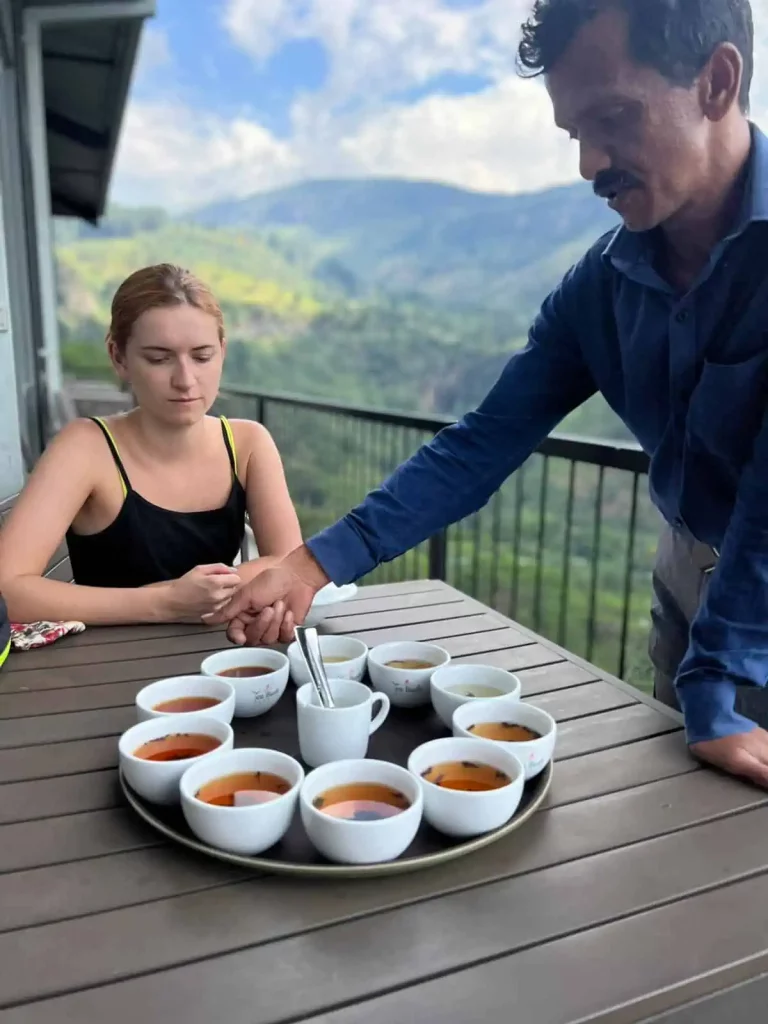
Tea estates and factories in Sri Lanka offer not only tea but also many other things related to tea. They offer fascinating travel experiences and these tours will give you a thorough understanding of the tea-making process from picking tea leaves to packaging. For this, tea estates and factories around Nuwara Eliya, Kandy, and Ella have provided facilities and they will not forget to treat you with a cup of fresh Sri Lankan tea.
Conclusion
In every cup of Sri Lankan tea, there’s a sip of history, culture, and unparalleled flavor. As you savor this exquisite brew, you not only indulge your senses but also become a part of the enduring legacy of Ceylon tea.
FAQs (Frequently Asked Questions)
- What is special about Sri Lanka tea?
Sri Lanka tea is special for its bright, brisk flavor with citrusy notes, which are a result of the unique terroirs and high altitudes in Sri Lanka where it’s grown.
- Is Ceylonese tea caffeinated?
Yes, Ceylonese tea is caffeinated, but there are decaffeinated versions available for those who prefer a caffeine-free option.
- Is Ceylon tea the same as Sri Lankan tea?
No, Ceylon is the former name for Sri Lanka tea, but the quality and excellence remain the same.
- What is the difference between Sri Lankan tea and regular tea?
Ceylonese tea is a type of regular tea, but what makes it different is its specific origin in Sri Lanka and its distinctive flavor profile, characterized by its brightness and citrusy notes.
- Are there any Sri Lanka tea blends with other ingredients?
Yes, Sri Lankan tea is often blended with spices and herbs to create delightful herbal infusions.
- How should I store tea to maintain its freshness?
To keep your tea fresh, store it in an airtight container away from light, moisture, and strong odors.
- What are the best Ceylon tea varieties for beginners?
If you’re new to Sri Lanka tea, start with a classic Ceylon black tea for a well-rounded introduction to its flavors.

